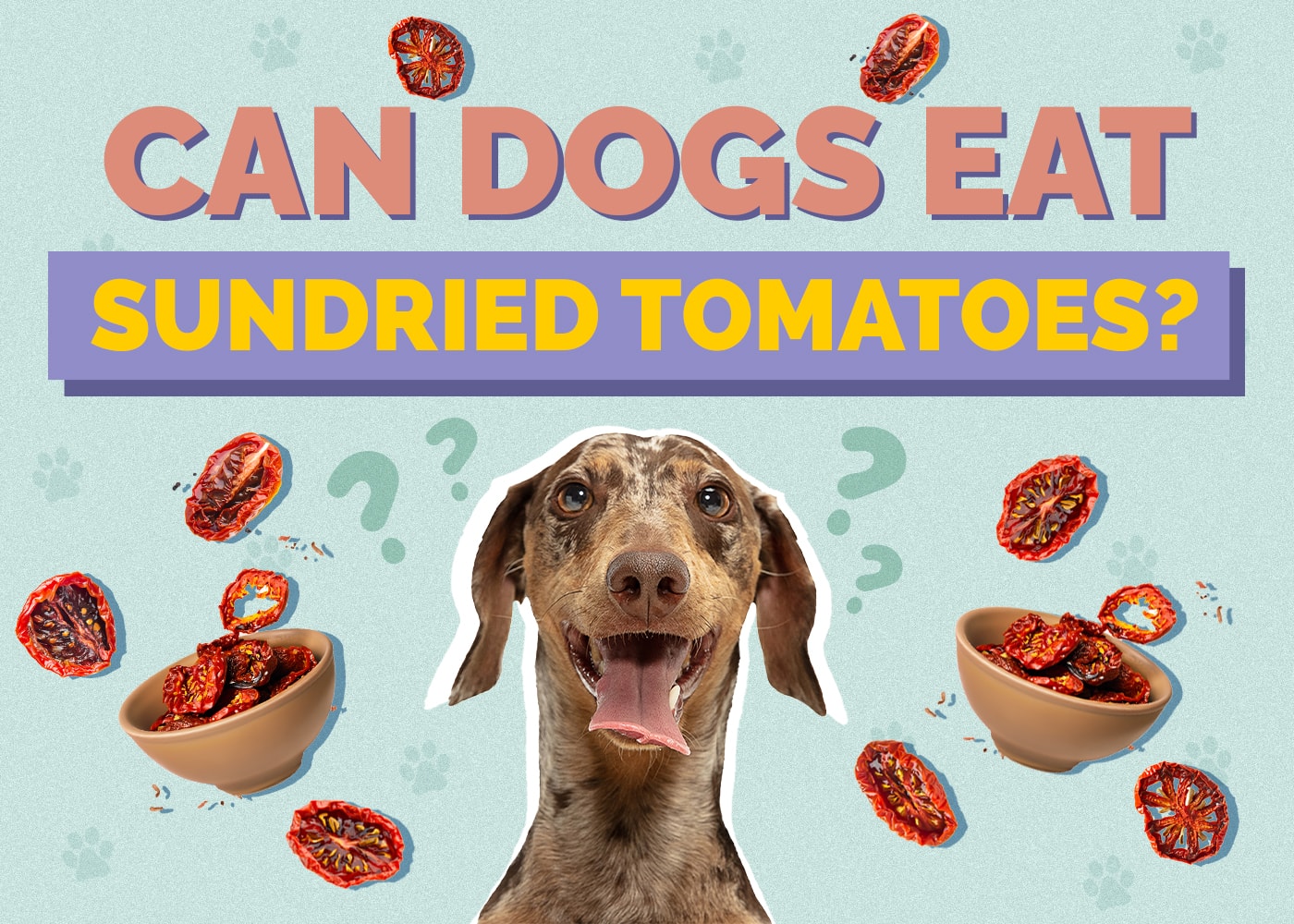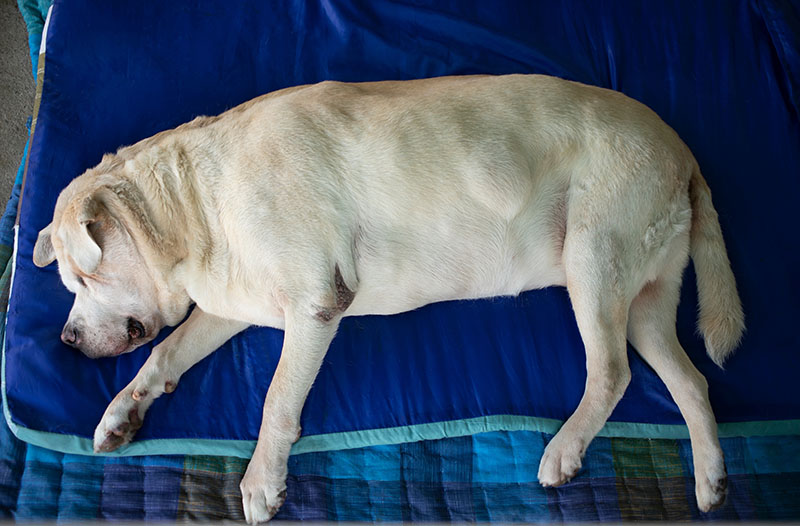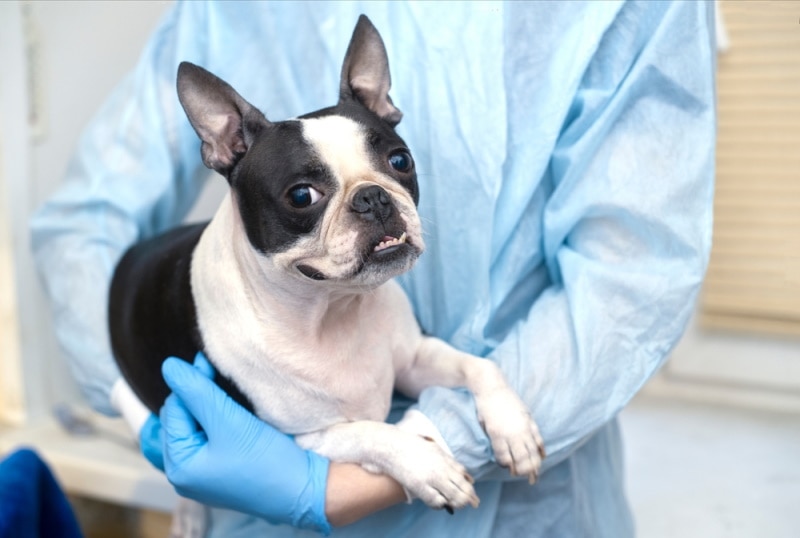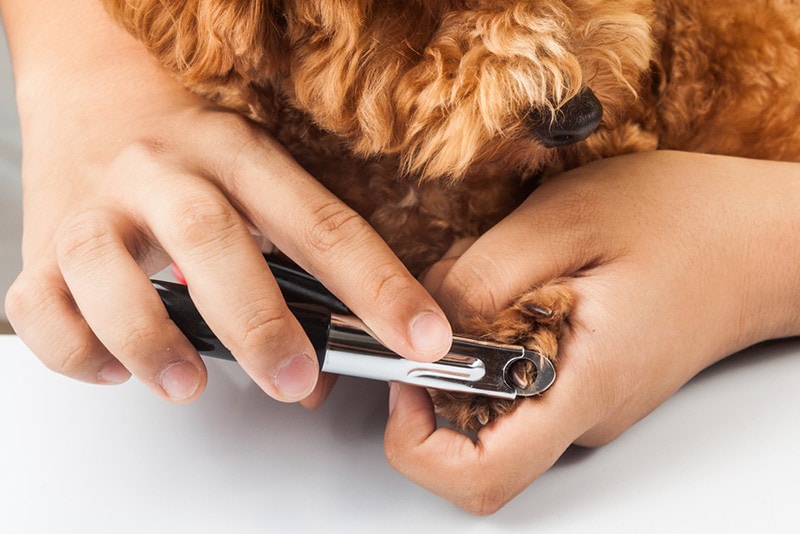Can Dogs Eat Sundried Tomatoes? Vet Approved Health Concerns
By Hanh Duong
Updated on

Click to Skip Ahead
As dog owners, the well-being of our furry friends is of utmost importance. We all want to know what the best things are to feed our dogs, and whether there are things that we can safely share with them. If you’re laying out an antipasto tray, you might wonder if you can toss your doggo a sundried tomato or two. The good news is that dogs can safely eat sundried tomatoes, but they should only do so in moderation.
In this article, we’ll delve into the potential advantages and limitations of feeding dogs sundried tomatoes. Additionally, we’ll provide insight on how to incorporate these delectable treats into your pup’s diet safely, should you choose to do so.
Are Sundried Tomatoes Safe?
The most important rule when it comes to offering sundried tomatoes to your dogs, is to avoid feeding them tomatoes infused with onion or garlic. If you’d like to incorporate this zesty ingredient into their diet, you can add one or two finely chopped pieces to their meal or offer them directly from the jar. Remember that only a tiny amount is necessary, one or two pieces every other day should do unless advised otherwise by your trusted veterinarian. By following these guidelines, you can feel confident in providing your furry pal with this wholesome treat.
Risks Associated with Giving Dogs Sundried Tomatoes

Tomatine Poisoning
Be mindful of your furry friend’s consumption of tomatoes, as they contain toxins that can have adverse effects. Although this poisoning is rare in dogs, small breeds and puppies are more vulnerable to the toxicity of even a small amount of tomatoes due to their size. Therefore, it’s crucial to keep an eye on their intake of the plant.
- Loss of appetite
- Loss of coordination
- Muscle weakness
- Dilated pupils
- Hypersalivation
- Abdominal pain
- Tremors
- Seizures
- Lethargy
- Gastrointestinal upset (vomiting, diarrhea)
- Cardiac effects (irregular heartbeats, arrhythmia)
Fortunately, dogs affected by tomatine poisoning typically make a complete recovery. Your veterinarian can perform a thorough physical exam and conduct bloodwork or an ECG to identify the presence of poisoning. In such cases, the veterinarian may suggest inducing vomiting or closely monitoring the affected dog’s condition.
Tomatine is generally concentrated in the leaves and stems of the tomato plant, and rapidly reduces when the fruit ripens, so toxicity would only really occur if a dog were to eat a tomato plant.
Allergies
Although very rare, some dogs may exhibit an allergic response to tomatoes, manifesting in symptoms such as wheezing, coughing, hives, and breathing difficulties. If you suspect your furry friend has consumed a substantial number of tomatoes or the tomato plant, it’s best to seek guidance from your veterinarian. These symptoms can indicate severe health conditions beyond tomatine poisoning, so it’s crucial to have your dog examined promptly to avoid any potential complications.

Oil
Sundried tomatoes are usually stored in oil. For a small dog, one tomato could carry quite a lot of oil. The best way to reduce the risk of giving your dog an oily overdose is to rinse the tomato before offering it to your pet.
How to Feed Sundried Tomatoes Safely
For the safety of our furry companions when giving them sundried tomatoes, it is advisable to choose organic options and avoid additives like salt, sugar, onion, and artificial flavors. It’s essential to provide these treats in moderation and be vigilant for any signs of allergic reactions or poisoning, as such conditions can be risky for them if not addressed promptly.
Choose Organic Sundried Tomatoes
Pet owners are highly recommended to choose organic sundried tomatoes as treats. There is a lower chance of dangerous compounds such as pesticides in these tomatoes, but it is still crucial to carefully examine the label and packaging.

Avoid Additional Ingredients
When providing pets with a wholesome and nourishing snack, consider the ingredients that may potentially threaten their health and well-being. In this regard, it is highly recommended to steer clear of sundried tomatoes that contain garlic or onion, as these ingredients can be very harmful to our furry companions. By being diligent and mindful of what we feed our pets, we can ensure they remain healthy, happy, and safe.
Feed Moderately
Be cautious if you want to give your pets sundried tomatoes because overeating can cause complications. These tomatoes are packed with essential minerals and vitamins that can be beneficial, but only in moderation.
We don’t advise making sundried tomatoes a regular part of your dog’s diet, but the occasional morsel here and there won’t do any harm. Always start with a very small amount in case your dog doesn’t respond well to this rich Mediterranean treat.
Conclusion
Feeding sundried tomatoes to our furry friends is generally quite safe. While these tomatoes can offer some health benefits, choosing organic options and ensuring there are no added harmful ingredients is crucial to ensure our dogs’ safety.
To keep our pups healthy and happy, we should only feed them sundried tomatoes in moderation and watch out for any signs of sensitivity or allergic reactions. As responsible pet owners, we should prioritize our four-legged companions’ well-being by delivering them safe and nutritious treats.
See Also:














